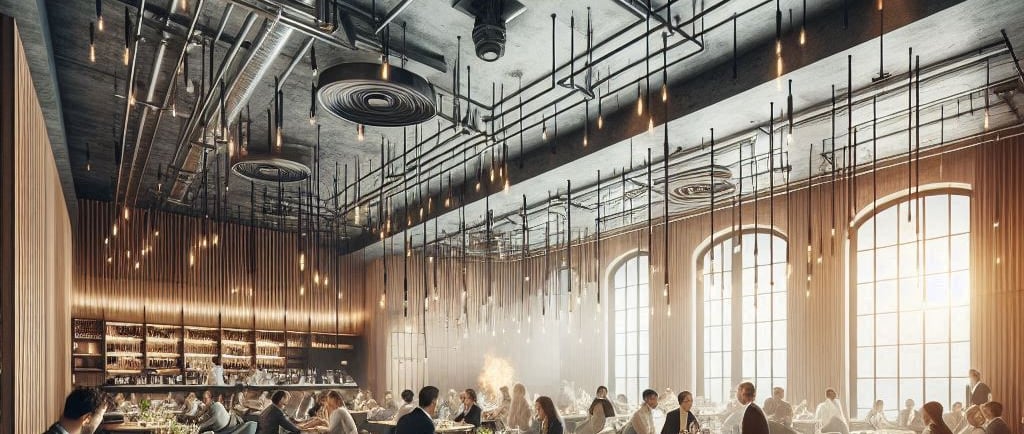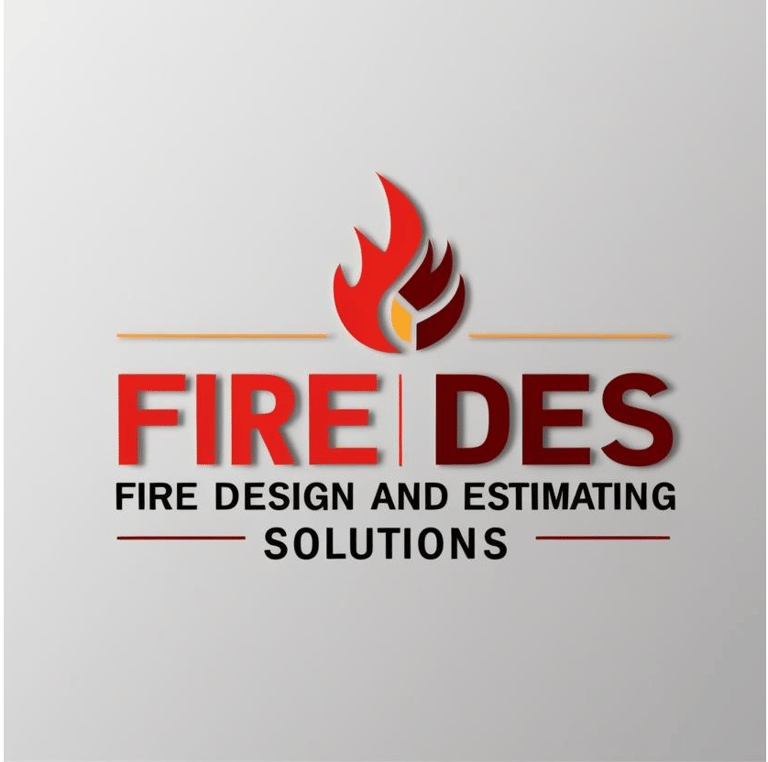The Importance of Hazard Occupancy in CDC Drawings for Fit-Out Projects
When designing restaurant fit-outs or residential modifications, understanding hazard occupancy classification is crucial. A common mistake is assuming restaurants in residential buildings follow Light Hazard (LH) classification, which can lead to improper sprinkler spacing and fire safety risks
5/17/20251 min read


Light Hazard vs. Ordinary Hazard (OH1) Classification
Residential buildings are generally classified as Light Hazard (LH) under fire protection standards. However, a restaurant—especially a commercial kitchen—introduces a different risk profile. Based on AS 2118.1:2017, restaurants typically fall under the Ordinary Hazard 1 (OH1) classification due to factors such as:
High heat sources (cooking equipment)
Flammable materials (oils, grease, packaging)
Higher occupant density
By failing to account for this difference, designers may inadvertently apply LH spacing, leading to inadequate fire sprinkler coverage.
Ensuring Compliance: Fire DES Approach
At Fire DES, we recognize the importance of thorough hazard occupancy assessment before proceeding with fit-out designs. Our process includes:
Building Classification Review: Determining the primary classification under the Building Code of Australia (BCA).
Occupancy Assessment: Identifying the correct hazard classification for intended use (e.g., restaurant vs. residential space).
Standards Compliance: Ensuring designs meet AS 2118.1:2017 requirements for sprinkler system spacing and fire protection.
By meticulously reviewing all documentation and hazard classifications, we ensure fit-out projects comply with Australian fire safety standards, reducing risks and safeguarding both businesses and residents.
